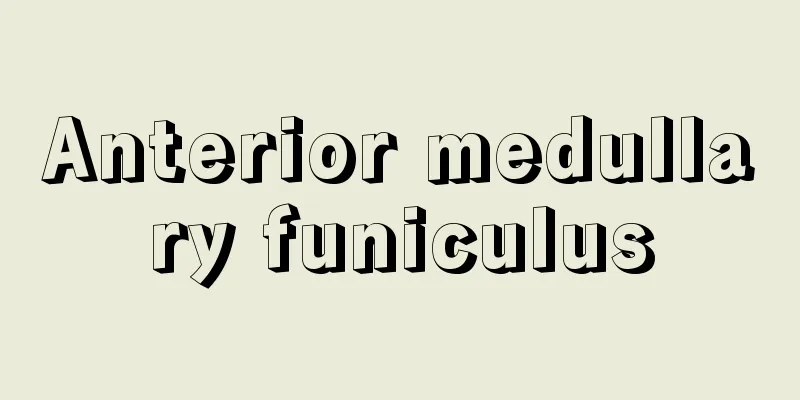Compound eye - Fukugan

|
A pair of eyes found on the head of insects and crustaceans, unique to these animals. It is so named because it is made up of a large number of light-receiving units called ommatidia. The main parts of an ommatidia are a transparent, convex, chitinous cornea, four vitreous cells that serve as the pathway for focused light, the vitreous body (cone crystal) that fills the gaps between them, seven or eight elongated photoreceptor cells, and a rod (light-receiving part) in the center. The innermost part of the photoreceptor cell becomes a nerve fiber that transmits light stimuli to the brain. Excluding cave animals and soil insects that have degenerated, the relatively small number of ommatidia, such as houseflies, is about 400, and the most common, dragonflies, are about 28,000, which are gathered together to form a compound eye. The cornea of each ommatidia is hexagonal, and they are lined up tightly together to fill the spherical surface of the compound eye. It is not clear how the light stimuli received by each ommatidia are integrated as a whole, but it is known that they see images in a similar way to the camera eye of vertebrates, which creates an image with a single lens. The resolving power (the ability to distinguish between two nearby points) of honeybees is said to be 1/100th that of humans, and 1/1000th that of fruit flies. Compound eyes can also sense moving objects. The color vision of insects with compound eyes is more sensitive to shorter wavelengths than humans, and they can even sense ultraviolet light. It has also been shown that honeybees have the ability to recognize the direction of polarized light. [Shigeo Takeuchi] [References] |©Shogakukan "> Insect sensory organs (vision) Source: Shogakukan Encyclopedia Nipponica About Encyclopedia Nipponica Information | Legend |
|
昆虫および甲殻類の頭部に一対あり、これらの動物に特有な目をいう。個眼とよばれる光受容単位が多数集合してつくりあげているのでこの名がある。個眼は、キチン質からなる透明な凸レンズ状の角膜、集光した光の通り道である4個のガラス体細胞、それらの間隙(かんげき)を埋めているガラス体(円錐(えんすい)晶体)、細長く伸びる7~8個の視細胞とその中心にある感桿(かんかん)(受光部)を主要な部分としている。視細胞の最奥部は神経繊維となって光刺激を脳に伝える。この個眼は、洞穴動物や土壌昆虫のように退化してしまったものは除いて、比較的少ないイエバエで400、もっとも多いトンボの類で2万8000ぐらいが集合して複眼を構成する。各個眼の角膜は六角形で、互いにすきまなく並んで球面状の複眼表面を埋め尽くしている。各個眼で受光する光刺激が全体としてどう総合されるかは明らかではないが、一つのレンズで像をつくる脊椎(せきつい)動物のカメラ眼と同様、像を見ていることが知られている。その解像力(近接した2点の間を区別する能力)は、ミツバチの場合ヒトの100分の1、ショウジョウバエで1000分の1とされている。複眼では動くものを感じ取ることもできる。複眼をもつ昆虫の色覚はヒトに比べて短い波長側に感受性が高く、紫外線の部分まで感じ取るという。このほかミツバチで偏光の方向を認める働きのあることが調べられている。 [竹内重夫] [参照項目] |©Shogakukan"> 昆虫の感覚器(視覚) 出典 小学館 日本大百科全書(ニッポニカ)日本大百科全書(ニッポニカ)について 情報 | 凡例 |
<<: Facial reconstruction method - Fukuganho
>>: Phu Quoc Island (English name) Dao Phu Quoc
Recommend
Toruń (English spelling)
The capital of Kujawsko-Pomorskie Voivodeship in n...
Myxine garmani (English spelling) Myxinegarmani
...Its English name is hagfish (a fish that resem...
Sergey Vladimirovich Obraztsov
1901‐92 Soviet puppet theater director, actor, and...
Giorgi, G. (English spelling) GiorgiG
…A type of unit system belonging to the metric sy...
Spherical coordinates
Also called spherical coordinates, or polar coordi...
Mucus - mucus
A general term for highly viscous liquid secreted...
Musical Drum - Gakudaiko
1. A gagaku instrument. A flat drum struck with tw...
Accounting report - Kaikeihokoku
...Accounting is the process of recording and cal...
Demand-pull inflation
…If we think of inflation as an increase in the p...
Kaifu
…In 1866 (Keio 2), the Kofu Kinban rule was aboli...
Nobi Plain - Nobi Heiya
The Kiso River is a large plain that includes Owa...
Proletarian Music - Proletarian Music
Musical activity aimed at promoting the class cons...
Shadow Dune
... As the sand moves, the grains become rounded ...
Sherlock Holmes
Holmes is an amateur detective who first appeared ...
The ten conveniences and the ten conveniences
This is a collaboration between Ike Taiga and Yosa...









